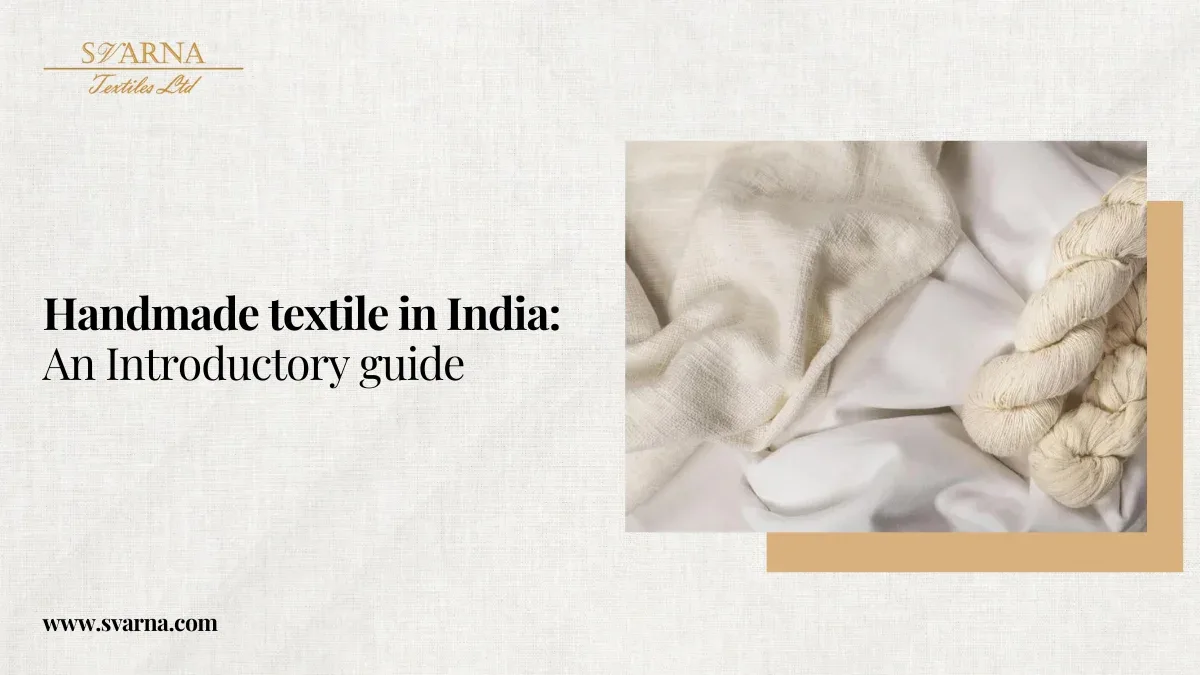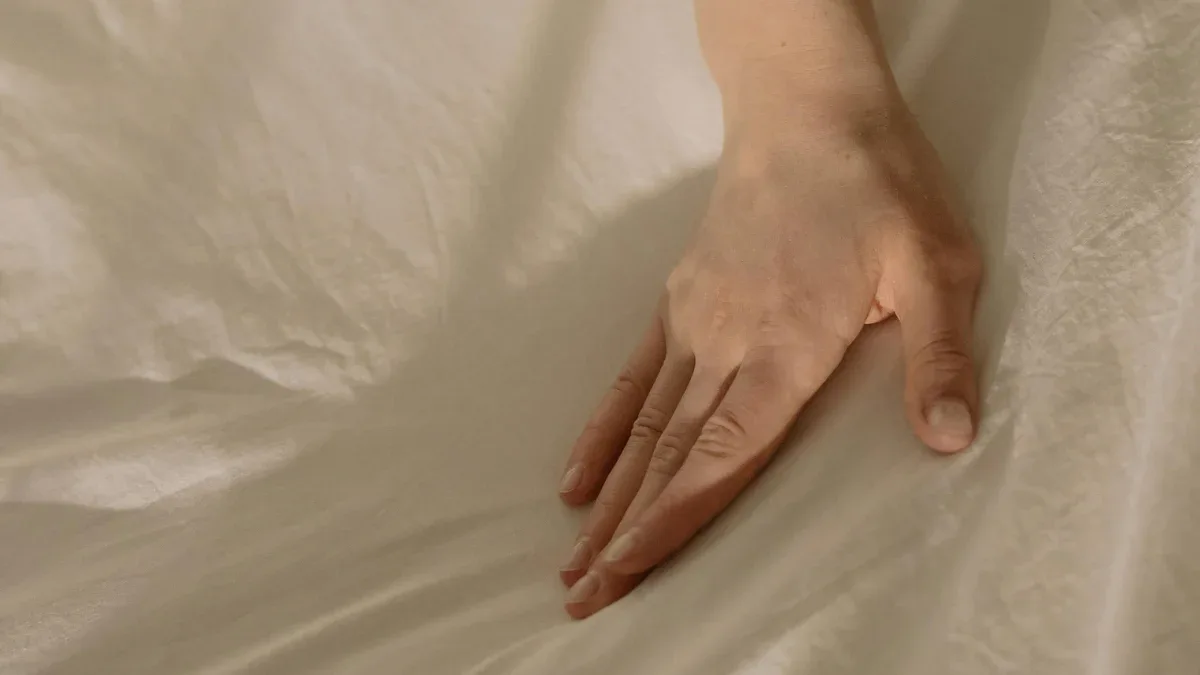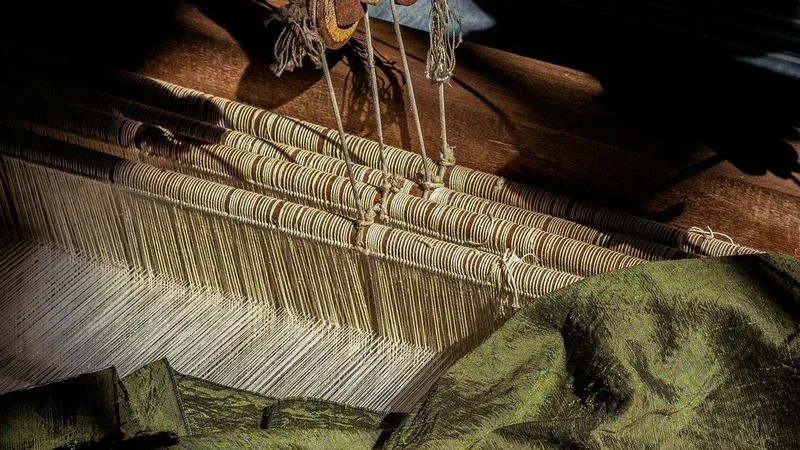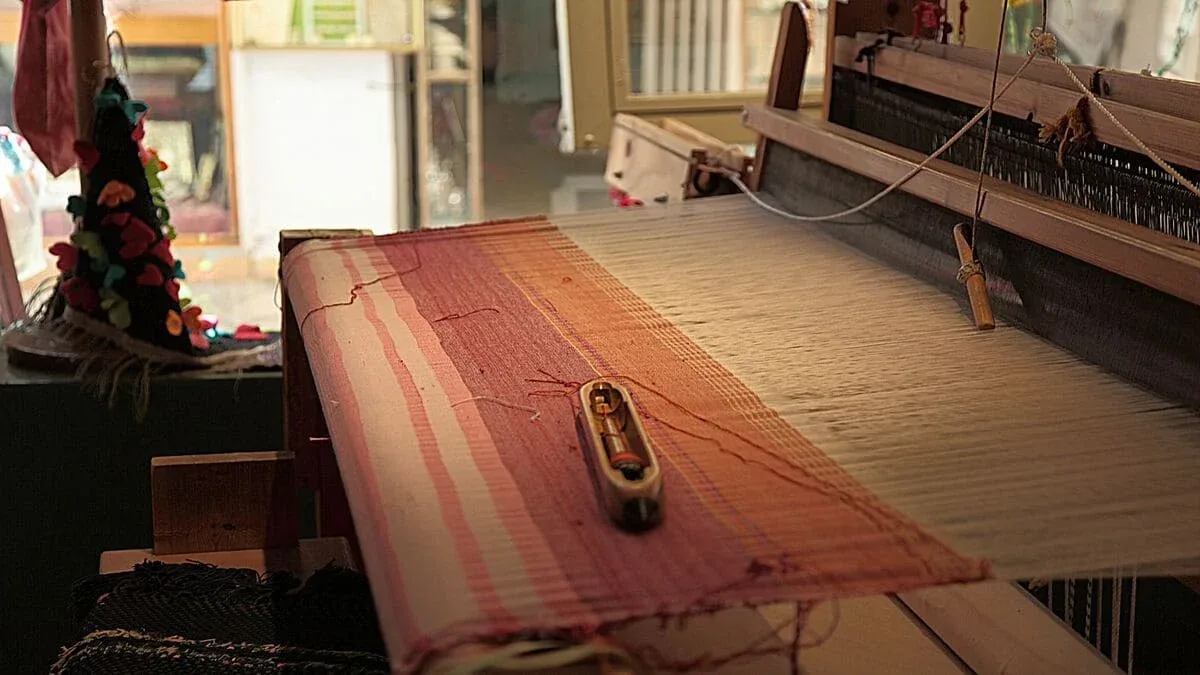The story of textiles in India is one of the oldest and the richest in the world. There is no denying that India’s rich textile industry gave India its identity during ancient times. The earliest surviving Indian cotton threads date to around 4000 BC and dyed fabrics from the region are recognized as far back as 2500 BC.
The availability of a variety of natural resources resulting from the varied geographical landscape of the country has enabled weavers, dyers, and embroiderers to provide variety and a wide range when it comes to the production of the Indian textile industry.
The handmade textile products manufacturers in India, have fully utilized local resources and applied their exceptional skills to produce regionally distinctive dyes, prints, and weaves such as the red dyes of south-east India, the intricate embroidery of Gujarat, the golden silks of Assam, luxurious silk sarees of Varanasi, the fine cotton produce of Bengal, and many more. In this guide, we’ll walk you through the world of charm and elegance of Indian textiles; focusing primarily on handmade textile products.
When we talk about the raw materials used in the Indian textile industry, cotton, and silk are two of the major raw materials used in the Indian textile industry. Indian cotton textiles are renowned all over the world for their versatility and durability. Khadi, a hand-spun cotton fabric is very significant. Especially, because the Charkha used to weave khadi fabric was used as a symbol of sustainability, self-reliance, and resilience by Mahatma Gandhi to fuel the Indian freedom struggle. Similarly, India’s wild and semi-domesticated silks continue to provide a huge range of yarn and fabric for local use and aid the handmade textile products manufacturers in India.
Variety of Handmade Textile Products in India
Listed below are the four major techniques of handmade textile production along with some of the fabrics produced:
Embroidery: The embroidery techniques in India are as varied as their cultures. Zardozi from Uttar Pradesh, Phulkari from Punjab, and Kantha from West Bengal are just a few examples of splendid embroidery work that elaborates on Indian textile products.
Handloom Weaving: The geographical diversification of India is vividly represented in the various handloom crafts that are all unique yet equally charming. The Paithani sarees from Maharashtra and the Banarasi sarees from Varanasi are made using this weaving technique and they are the jewels to the crown of the handmade textile products in India.
Block Printing: Block-printed fabrics are made by hand carving a design into wooden blocks. These are then covered with dye or ink and are pressed onto the cloth to transfer the design, ultimately creating a beautiful textile product. Bagh from Madhya Pradesh, Kalamkari from Andra Pradesh, and Ajrak shawls which are widely used in the Western part of the country are some renowned examples that add substantial value to the Indian textile.
Manufacturing and Exporting Handmade Textile Products in India
When we consider numbers, India is the largest exporter of handmade textile products in the world. Handmade textile products exporters in India are influential in showcasing the country’s rich textile heritage on the global stage. Exporters, through their far-reaching channels, ensure that they satisfy the demands of the customers in every part of the globe. Handmade textile manufacturers in India, on the other hand, are dedicated to meeting the demands of the exporters while maintaining the commitment to never compromise on the authenticity and charm of the Indian textile industry.
Lastly, beyond the primary purpose of covering our naked bodies, our clothes do hold a huge significance in terms of advocating our identity and showcasing our rich heritage. Indian textiles can be considered as the representation and celebration of the varied cultures and history of this diverse country. From elegantly printed sarees to the simplicity of the handloom products, the Indian textile industry, backed by dedicated handmade textile product manufacturers in India and handmade textile product exporters in India, continues to flourish, bringing the charm and appeal of handmade textile products to a global audience. Indian textiles remain a timeless treasure and an embodiment of the essence of the true Indian spirit.



